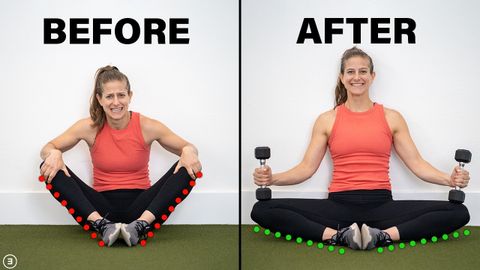股関節の可動域を改善する方法(ストレッチとモビリティ・エクササイズ) (How To Improve Your Hip Range of Motion (Stretches & Mobility Exercises))
yacki99 が 2024 年 07 月 02 日 に投稿  この条件に一致する単語はありません
この条件に一致する単語はありませんUS /spɪˈsɪfɪk/
・
UK /spəˈsɪfɪk/
- v.t./i.ストレッチをする : 体を伸ばす;伸ばす : 張る : 広げる
- n.ストレッチ : 体を伸ばすこと;一続きのもの;(一続きの)時間 : 期間
US /ɪmˈpruv/
・
UK /ɪm'pru:v/
- adj.異性愛者;異性愛の;正直で直接的;真っ直ぐな;きちんとした
- adv.率直に;まっすぐに;すぐに
- n.異性愛者
- v.t./i.まっすぐにする
エネルギーを使用
すべての単語を解除
発音・解説・フィルター機能を解除
